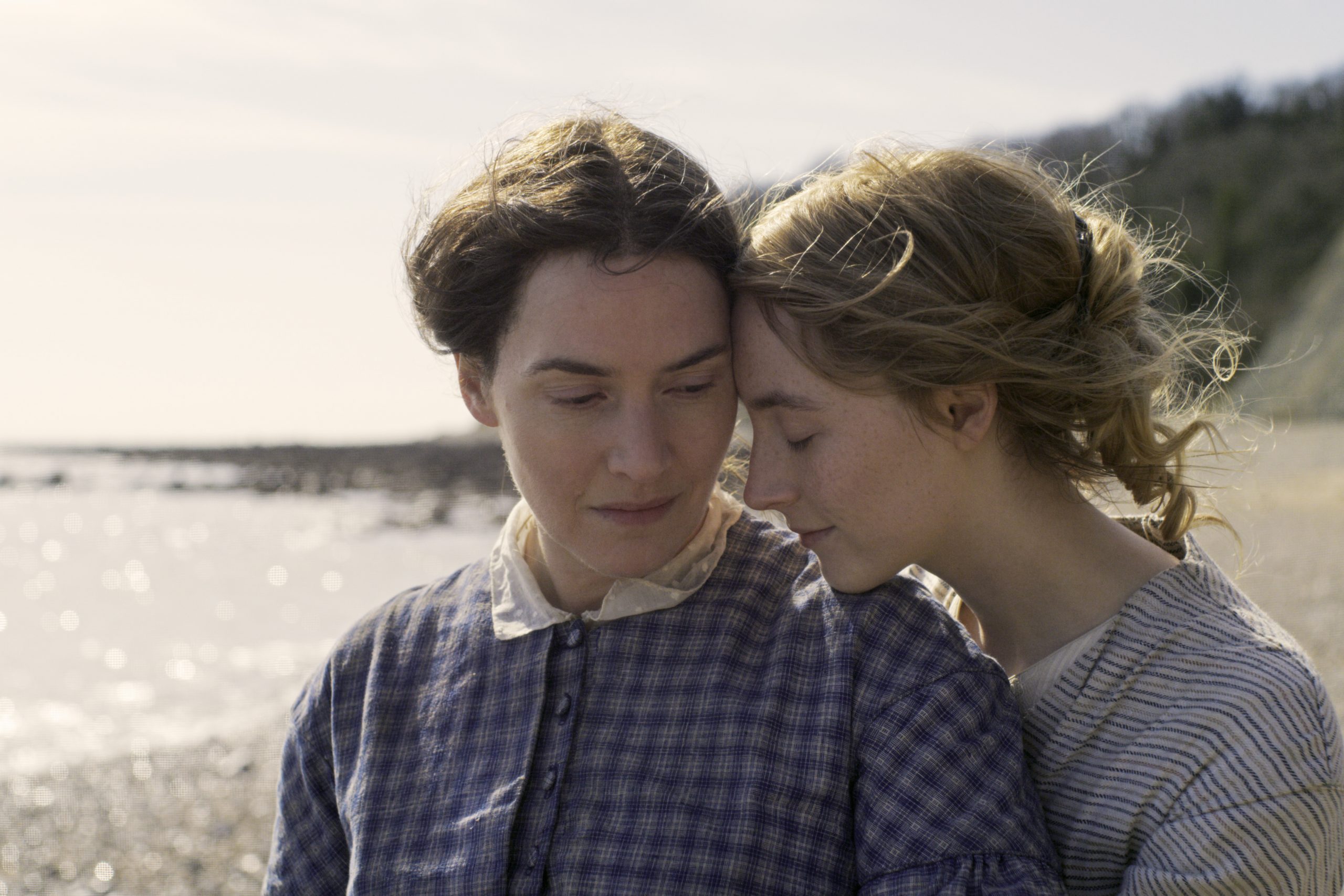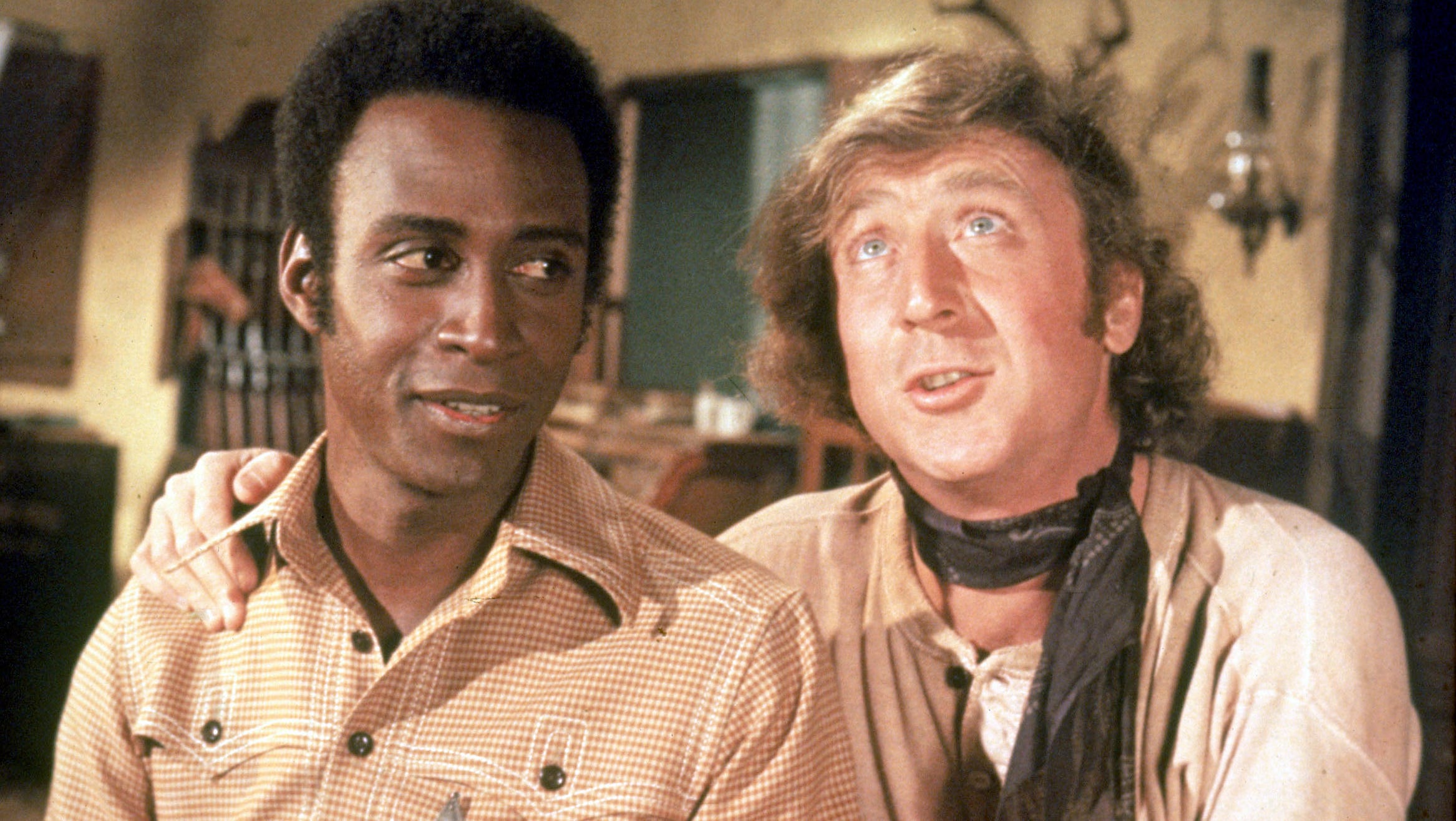
Ammonite seeks to tell the story of paleontologist Mary Anning but there’s more here than meets the eye when it comes to actual truth.
When we first meet Mary Anning (Kate Winslet) in the 1840s, the paleontologist already has her best days behind her. The Lyme Regis resident now resorts to hunting fossils and hoping that wealthy tourists will buy them. This is really the only way that she can support both herself and her mother. Is it enough? Probably not.
Roderick Murchison is in Europe on tour and decides to place his wife, Charlotte (Saoirse Ronan), in Mary’s care. Charlotte is suffering from melancholia. The Murchisons are wealthy and so in theory, taking their money is a no-brainer decision. Charlotte and Mary couldn’t be more different when they first meet. They clash with each other but at the same time, they soon learn that sets them apartment also brings them together. It takes a while to get going in Ammonite but their love affair soon heats up the screen.
What Francis Lee does with telling Mary Anning’s story in Ammonite isn’t so much a biopic but a brief glimpse into her life. And even then, how much of the script is truthful? Lee authors an artistic statement that states: “There is absolutely no evidence Mary ever had a relationship with anyone, whether that be heterosexual or same sex, but I knew I wanted to give her a relationship that felt worthy of her.”
If there is no evidence, then why not tell a film that’s more truthful to her life? Rather than focus on a sexual affair between the two woman, why not focus on Anning’s findings in paleontology? This is honestly where a book can tell her story better than a film. I realize that women didn’t have the same kind of life back then that they do now. But at the same time, filmmakers should not deliver fan fiction disguised as a biopic. Mary Anning is not alive to defend herself and that really makes this worse.
If you want to know more about Anning, this article offers some more insight into Mary Anning’s life with regards to the film. A similar story also ran in the BBC. This Smithsonian article briefly discusses her life and much like they did with The Greatest Showman, the Smithsonian also looks at the true story behind this film. Anning discovered the first dinosaur skeleton so any kind of film on her life is long overdue. To put it simply, we would probably never get the Jurassic Park films without Anning discovering these fossils. But that’s another story for another day.
In terms of acting, Kate Winslet and Saoirse Ronan deliver solid performances despite the fan fiction screenplay. But, as usual, period films can be tougher to watch in a solo environment than a shared communal experience. How I respond to a film is going to differ depending on the experience. A home environment–I was given a festival screener–isn’t the best environment with all the distractions that home viewing provides. I prefer a theatrical experience by far but when it comes to a pandemic, home viewing environments will have to do, for better or worse. You do you, of course.
Mary Anning has the background worthy of a biopic but Ammonite is in the genre of fan fiction. If this film does anything, it’s to lead people to look up Mary Anning and read more about this woman that was born in an era that did not treat women well or give them the credit they deserve. It is not fair that a Mary Anning film is hyped up as a lesbian drama when family members and other commentary suggest she wasn’t lesbian.
DIRECTOR/SCREENWRITER: Francis Lee
CAST: Kate Winslet, Saoirse Ronan, Gemma Jones, James McArdle, Alec Secareanu, and Fiona Shaw






